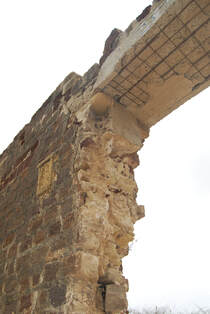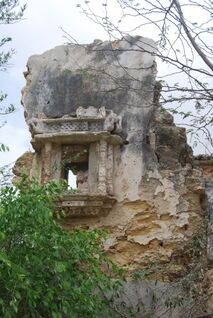POST EARTHQUAKE TIBETAN NUNNERY REHABILITATION PROJECT IN BAKHANG, NEPAL
|
Ariel View of the Context in Lakhpat
|
The reconstruction of a village, supported by American Jewish World Society (AJWS) in Bhakhang, inhabited by about 170 Tibetan nuns started in November 2015 in response to the catastrophic earthquake that wrecked Nepal in April 2015. The earthquake that measured 7.8 on the richter scale caused widespread destruction and resulted in more than 10000 deaths. The village, Bhakhang, situated on the Nepal-Tibet border was completely destroyed and almost all the houses fell, forcing about 200 nuns to live in an interim shelter in very difficult conditions. Since the village had no vehicular access, the nuns were having trouble in receiving the aid. There was an urgent need to rehabilitate the nuns.
|
|
The nuns were not only rebuilding their houses but their lives as well. The tragedy had not only wrecked cracks in the walls but also in their morale. Due to this, there were inhibitions from the nuns to build back in mud but the team worked hard to restore their confidence, using the technique developed by Prof. KS Jagadish, which uses locally available stones and mud mortar with galvanised wire mesh at every 2 feet in the masonry. The technology is developed in the context of remote areas where material s like steel and cement cannot be transported easily.
The stones from the destroyed houses have been recycled into the new houses. A participatory process was followed to incorporate all the concerns and issues of the nuns who were to inhabit the houses, who also contributed labour towards the construction of their houses. When the construction started, the Nepal government still had not come up with the rural reconstruction policy. Bhakhang being one of the first places to start the reconstruction work, has impacted the rural rehabilitation policy in Nepal where the same technology was planned to be implemented in other rural areas as well. |
Debilitated Historic Structures in Lakhpat
|
sketches showing tools, materials, technologies and process by Tapas Upadhyay
Project Location |
Bakhang, Nepal |
Name of the Supporting / Funding Agency |
American Jewish World Society (AJWS) |
Team |
Mahavir Acharya, Tapas Upadhyay, Tanvi Choudhari, Kishore Chawda, Marina Boaretto |














